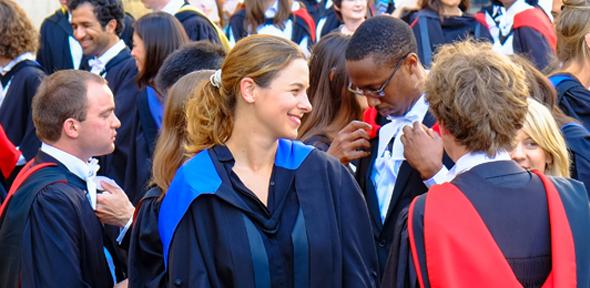
Seabirds such as kittiwakes and puffins are being put at higher risk because of a disconnect between conservation efforts on the ground, and research knowledge of the threats to these birds from climate change. However, a new study has found that better integration of the two is possible to safeguard biodiversity.
The study, published today in the Journal of Applied Ecology, involved leading conservation experts at the Zoological Society of London (ZSL), the University of Cambridge, BirdLife International, RSPB and the IUCN Climate Change Specialist Group.
It revealed that the climate change threats highlighted by European seabird conservation groups are often poorly understood. In addition, almost one third of possible conservation interventions aimed at reducing the impacts of climate change on seabirds have conflicting or lack of evidence on their effectiveness.
The team has proposed an approach for connecting conservation research and management, which they call a ‘pressure-state-response framework.’ This provides a platform for identifying missing information and areas where connections need to be tightened to improve conservation outcomes.
Co-author Dr Silviu Petrovan - a researcher in the University of Cambridge’s Department of Zoology - said: “Climate change is happening at frightful pace, but our understanding and testing of practical responses for protecting biodiversity are lagging behind. This must change if we are to make substantive improvements - and seabirds are an urgent example.”
Lead author and ZSL Institute of Zoology post-doctoral fellow, Henry Hakkinen said: “There is a real opportunity here to identify missing information, and marry existing research on the risks of climate change with effective conservation and wildlife management.”
"Through our work we have identified several climate change threats and conservation actions that are well understood, but also several threats that are poorly understood and several actions that have very limited or mixed evidence on their effectiveness. These gaps urgently need addressing if we want to work out how we can best help seabirds adapt to climate change and survive.
“Seabirds in Europe are heavily researched and receive quite a lot of conservation attention. They are also heavily impacted by climate change, so are a good species group to start with."
For the study, the team sent a series of surveys to more than 180 seabird conservation practitioners across Western Europe. They identified major knowledge gaps and began tallying up ways in which conservation action could address some of the major threats posed to the species by climate change.
For example, 45% of those surveyed said that disease risk from climate change was a serious threat to seabird populations, but the study showed that more needed to be done to monitor the effectiveness of conservation tools available to practitioners to address this. Hand rearing and vaccinations are suggested tools that could help.
“We need to be pragmatic and evidence-based - but also bold, and explore new approaches including, where appropriate, supporting colonisations of new habitat or even creating new habitats or breeding structures for seabirds. Bridging climate change research and conservation action has never been more important,” said Petrovan.
Seabirds represent one of the most threatened groups of birds in the world, with almost half of all species in decline. They are also significantly directly and indirectly threatened by climate change – for example by heatwaves, extreme wind and rain, and changes in food availability in response to changing climatic conditions, which lead to lack of fish for chicks during the nesting season.
Frameworks that link pressures on the environment, their effect on biodiversity and ways society can respond are often used in global policy-making to translate research to action. The team suggests that their ‘pressure-state-response framework’ could be applied to specific groups of species or ecosystems to identify existing gaps between research and conservation solutions for wildlife most at risk.
ZSL Senior Research Fellow and senior author Dr Nathalie Pettorelli said: “Our study provides an easily transferable approach for identifying missing information, and areas where connections between research and management need to be tightened to improve conservation outcomes.”
This research was funded by Stichting Ave Fenix Europa.
Reference
Hakkinen, H. et al: ‘Linking climate change vulnerability research and evidence on conservation action effectiveness to safeguard seabird populations in Western Europe.’ Journal of Applied Ecology, March 2022.
Adapted from a press release by the Zoological Society of London.
A new study shows how knowledge of climate change threats could be better connected with conservation efforts to help protect seabirds and other at-risk species.

The text in this work is licensed under a Creative Commons Attribution 4.0 International License. Images, including our videos, are Copyright ©University of Cambridge and licensors/contributors as identified. All rights reserved. We make our image and video content available in a number of ways – as here, on our main website under its Terms and conditions, and on a range of channels including social media that permit your use and sharing of our content under their respective Terms.



















